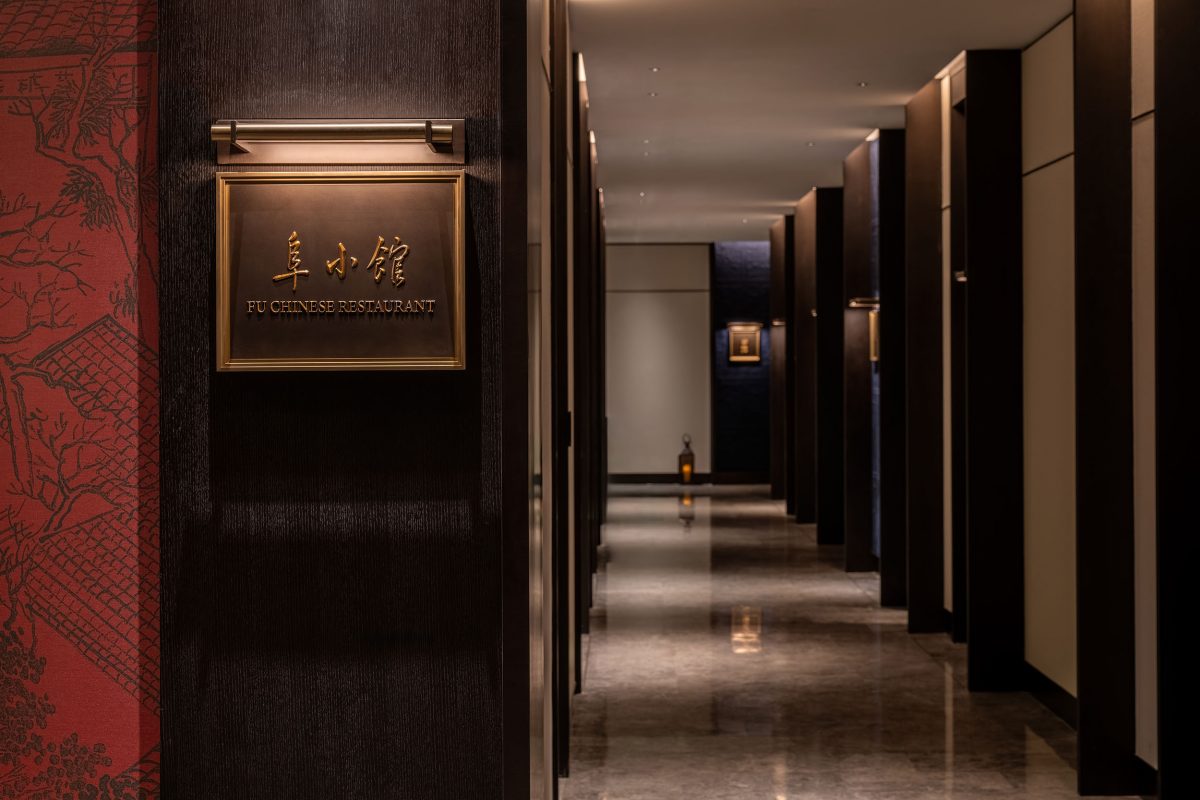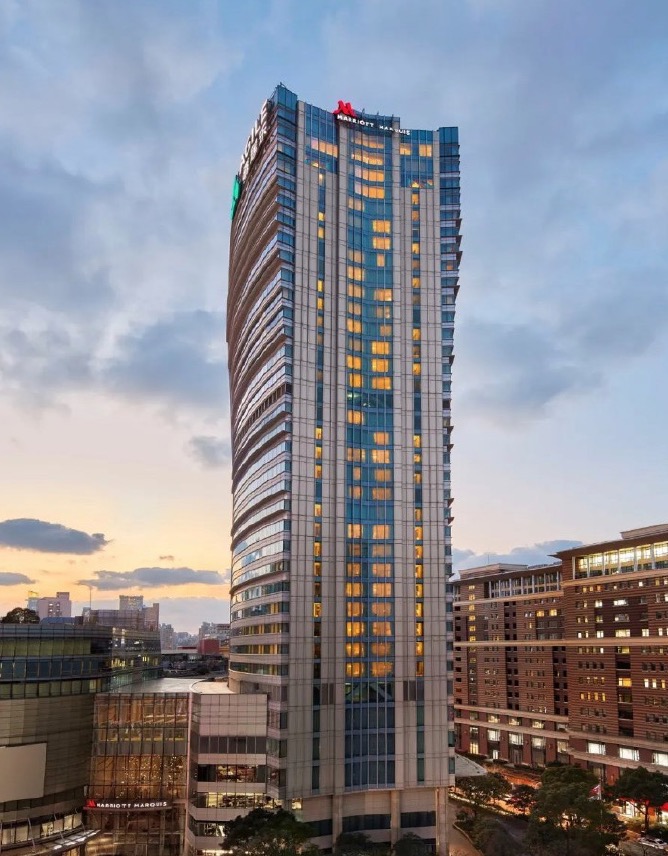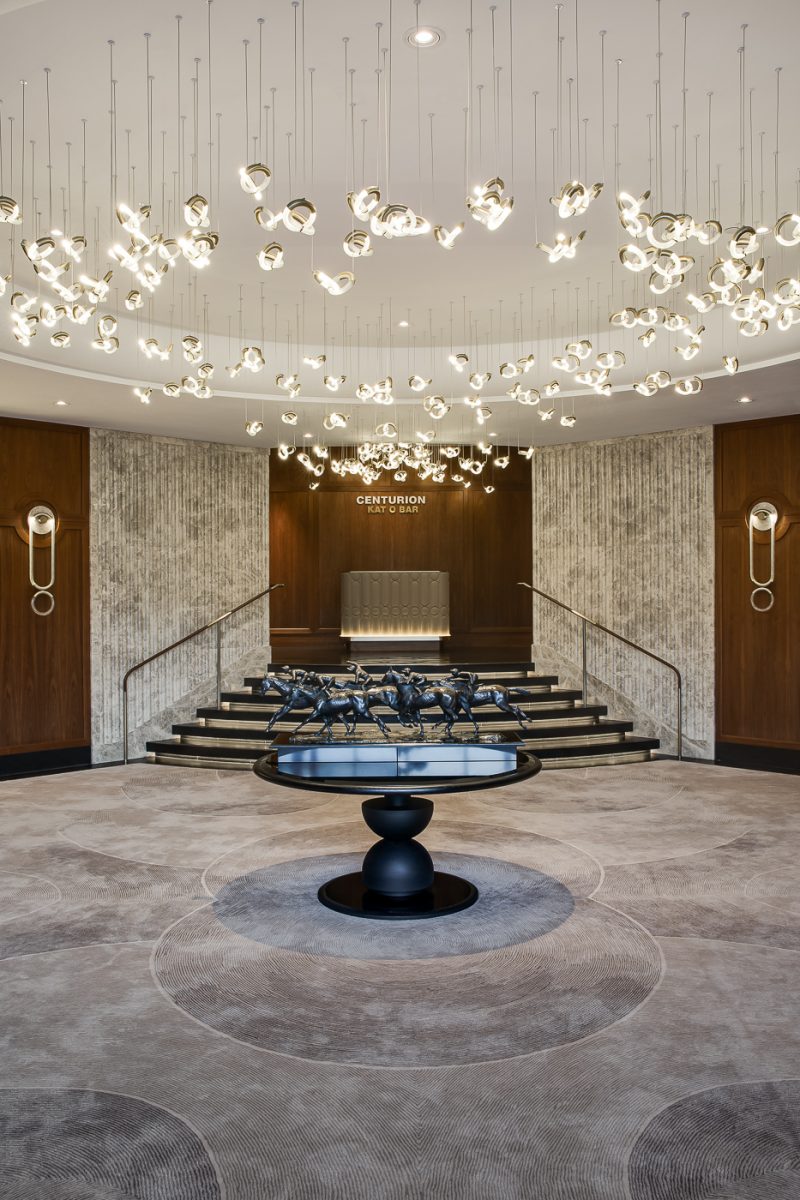When the owner expressed the desire to "create a gathering space that locals can take pride in and that can welcome guests from afar," Stylus Studio's design transformed this humble vision into a spatial narrative about time and memory. The Fuxin Hotel is not merely a place for accommodation—it is an urban cultural theatre articulated through design, where every detail tells the story of this northeastern industrial city's past and present.
-
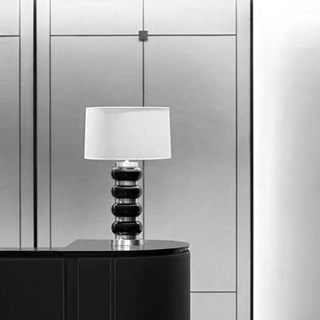
Modern Classic
-

Grand Cityhall
-
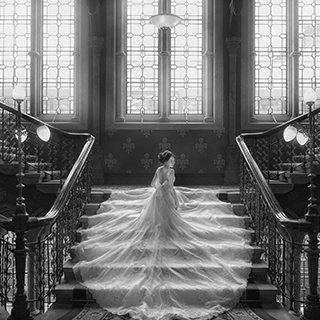
East-West Aesthetics
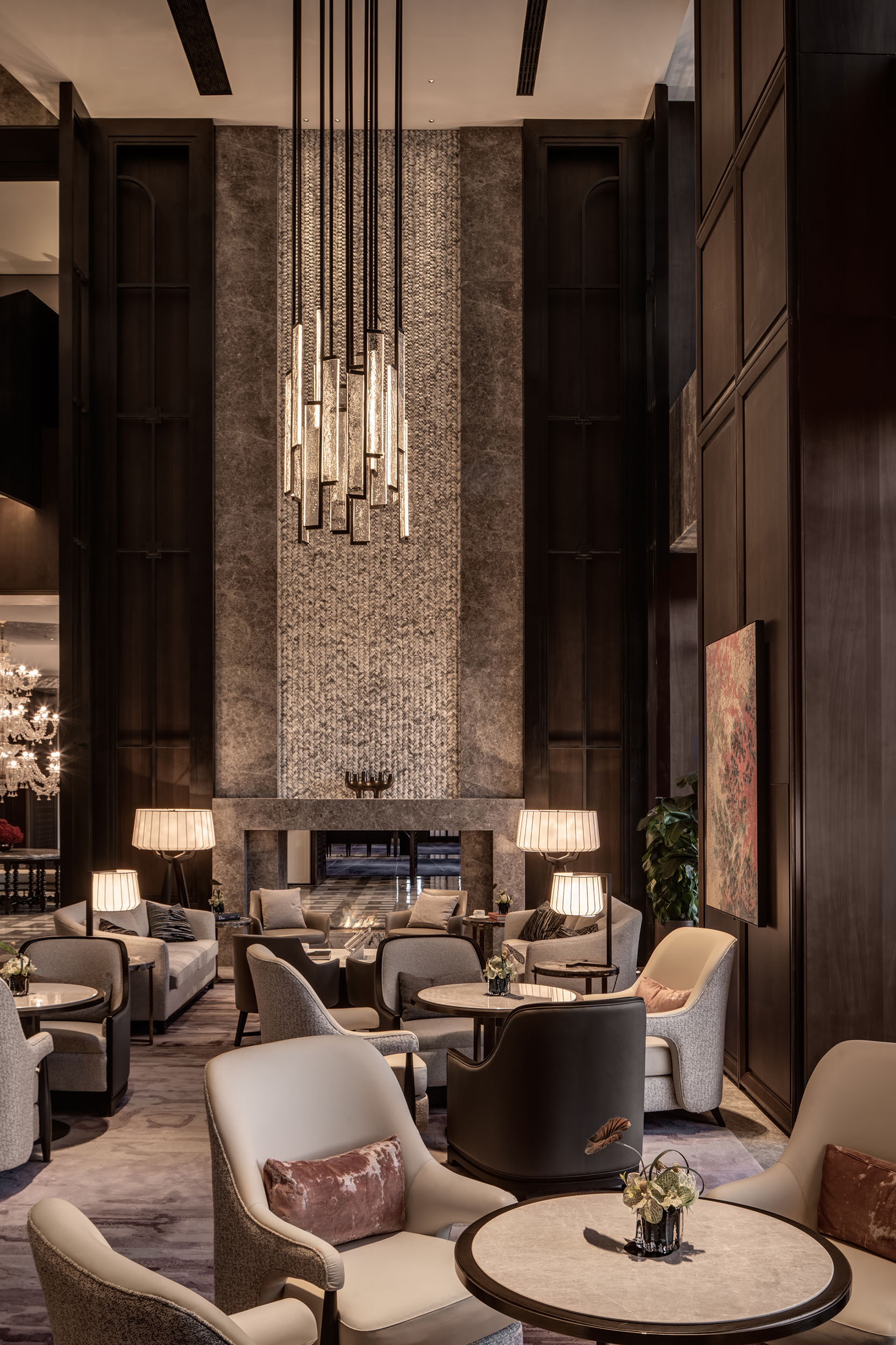
Upon entering the soaring lobby, the first act unfolds—a stage of polished black marble and suspended crystal luminaires. Sunlight, diffused through bespoke glass bricks, paints the floor with moving dapples, reminiscent of winter branches swaying in the wind. In the lounge, amber lighting and warm timber exude quiet intimacy, while the deliberate placement of fixtures and furniture arrangements reveals hidden layers of sophistication.
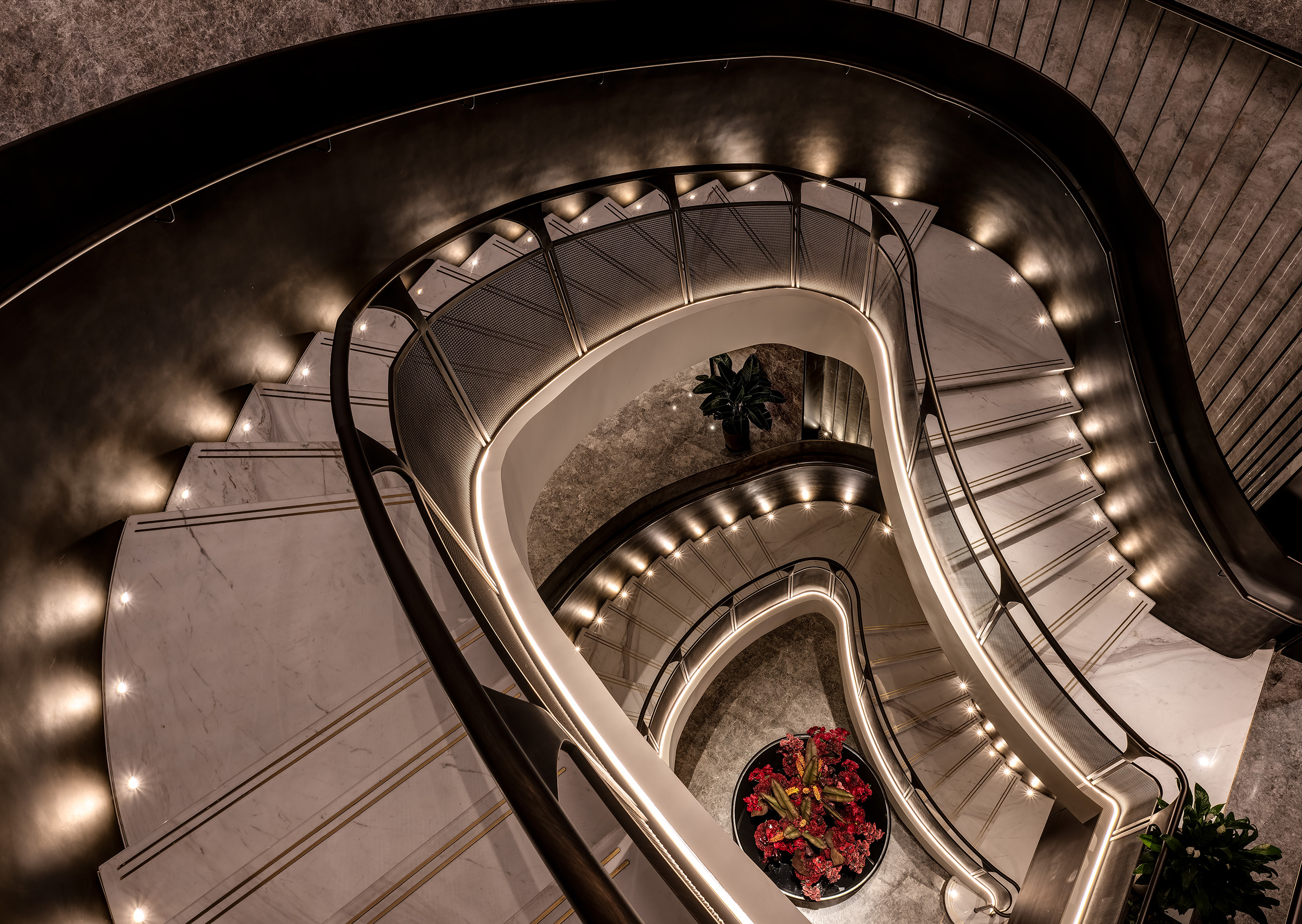
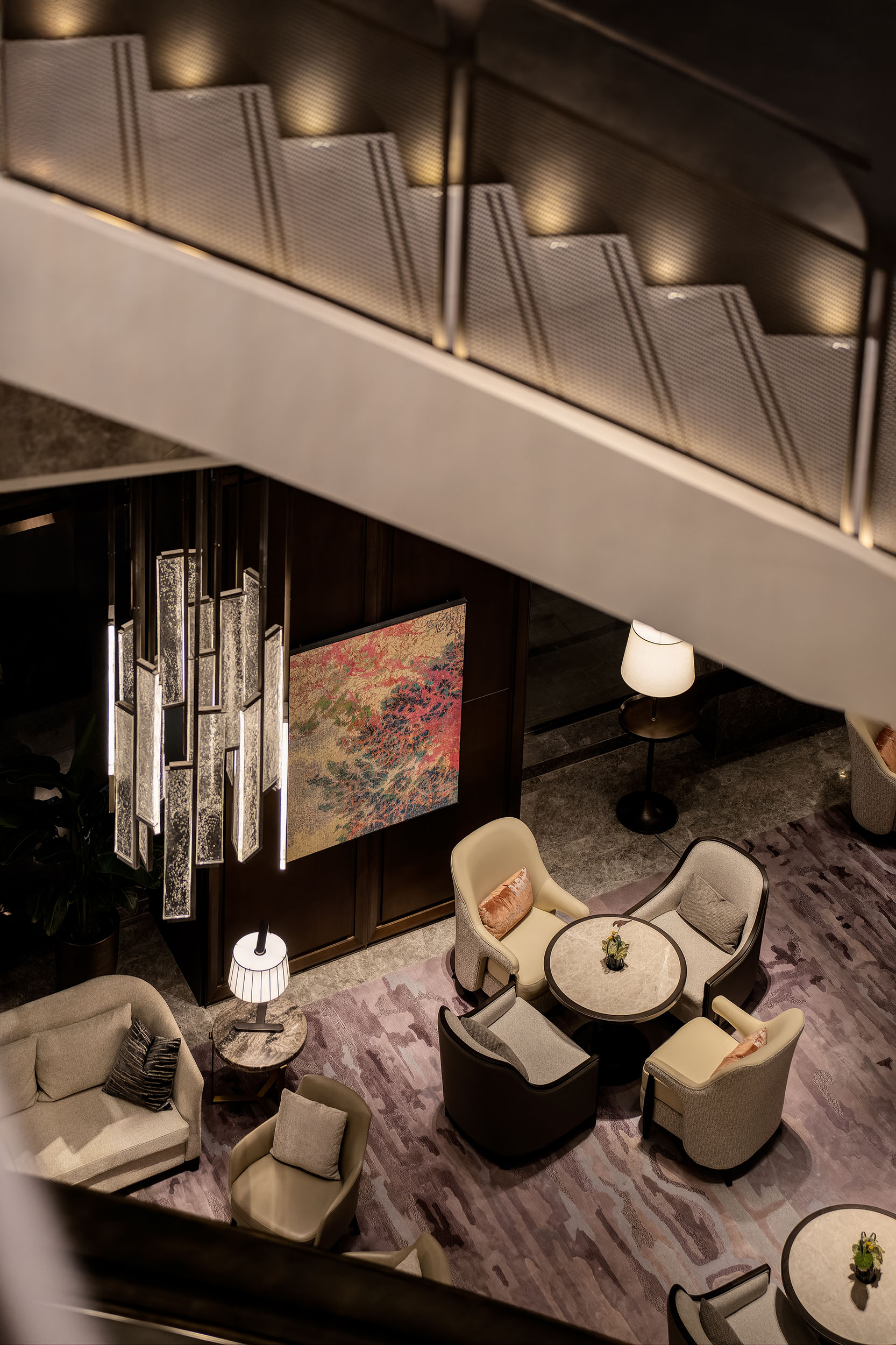
The spiral staircase anchors the lobby as a dramatic focal point. Its floating metal handrails and perforated treads cast cascading light, creating shifting shadows on textured walls. The balustrades balance strength and grace, turning each ascent into a ritual. More than a passage, it’s a “vessel of time,” connecting past, present, and future with every turn.
The pre-function lounge serves as an overture, its atmosphere gradually shifting toward solemnity as guests approach the main hall. The symmetrical layout, soaring architecture, and layered interplay of light and shadow, the vestibule crafts an unforgettable sense of ritual—immersing attendees in a visual and emotional prelude to the celebration ahead.
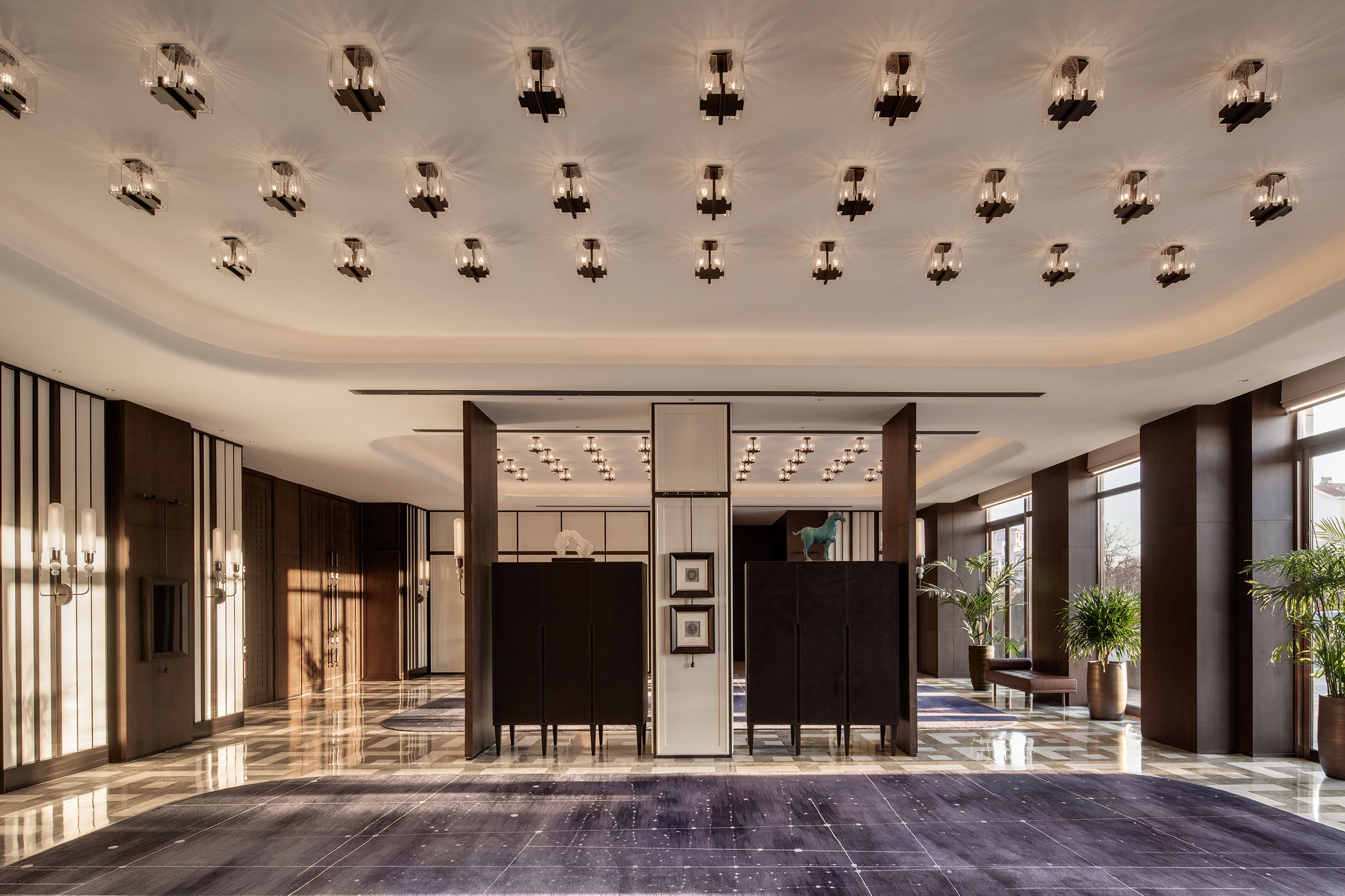
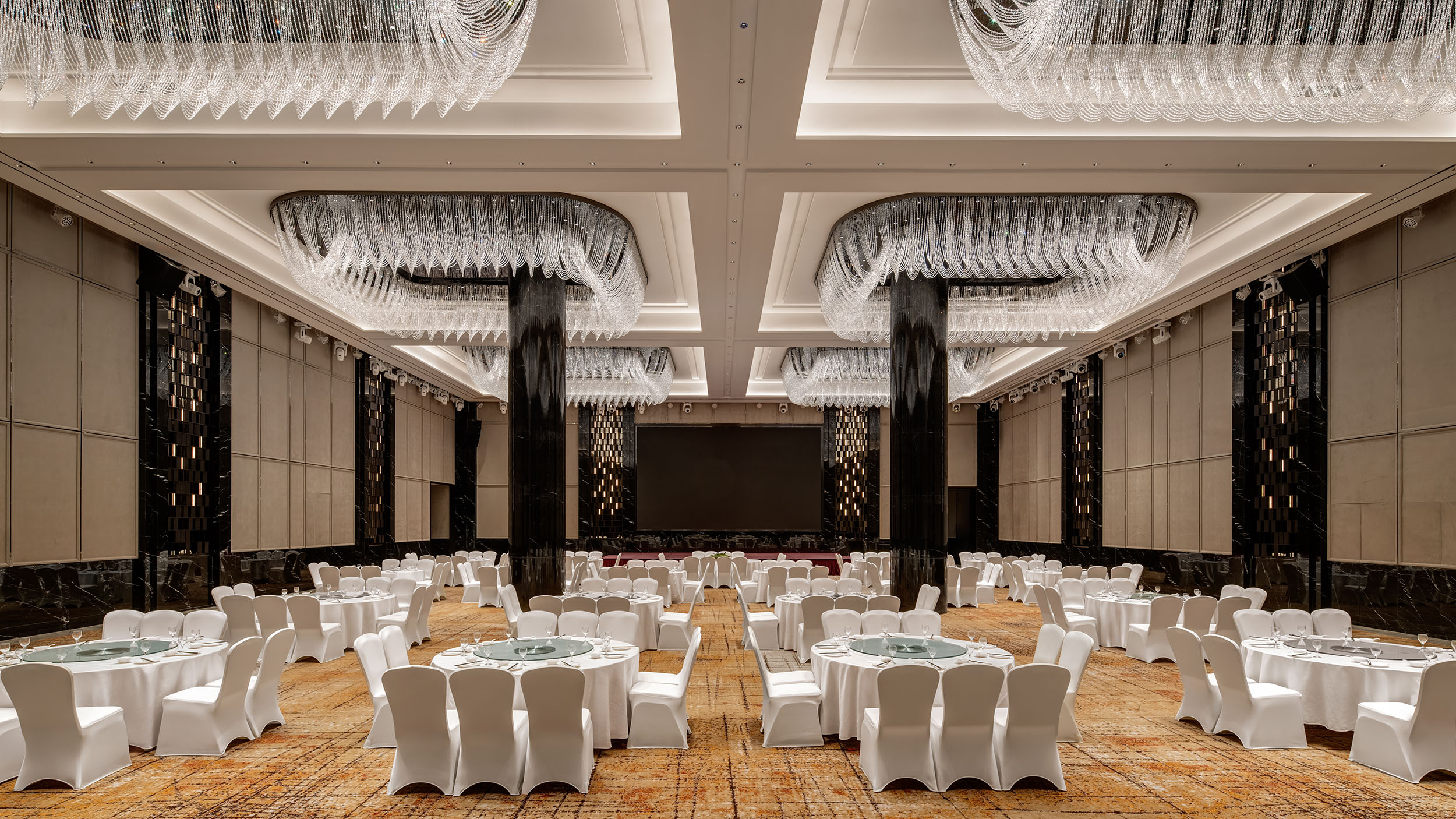
Within the main banquet hall, cascading waves of crystal chandeliers shimmer like a bride’s veil, casting a luminous glow that blends ethereal fantasy with opulence. Towering black cylindrical pillars anchor the space, their stark modernity contrasting dramatically with the lavish lighting and vibrant carpets—a bold interplay of strength and delicacy.
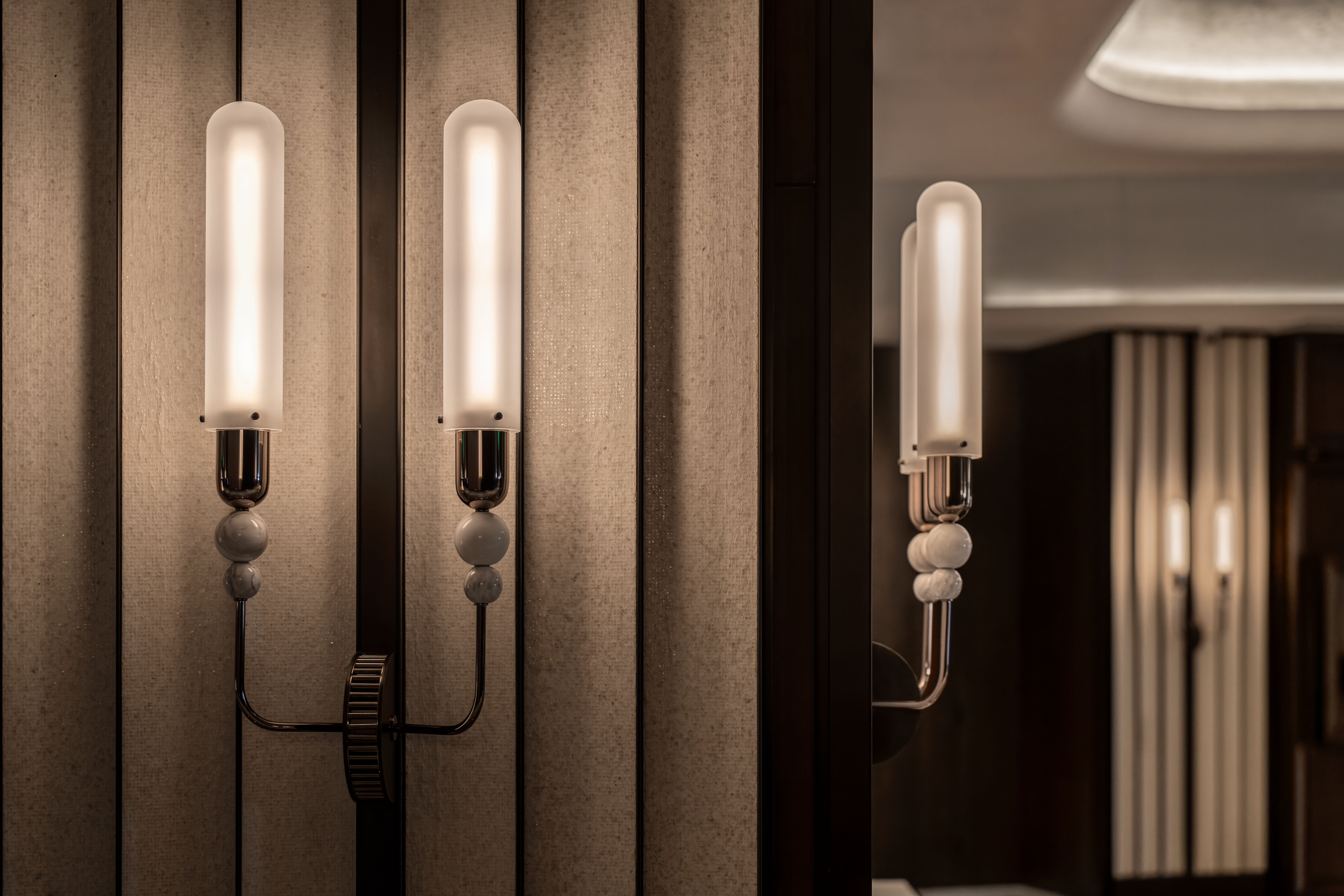

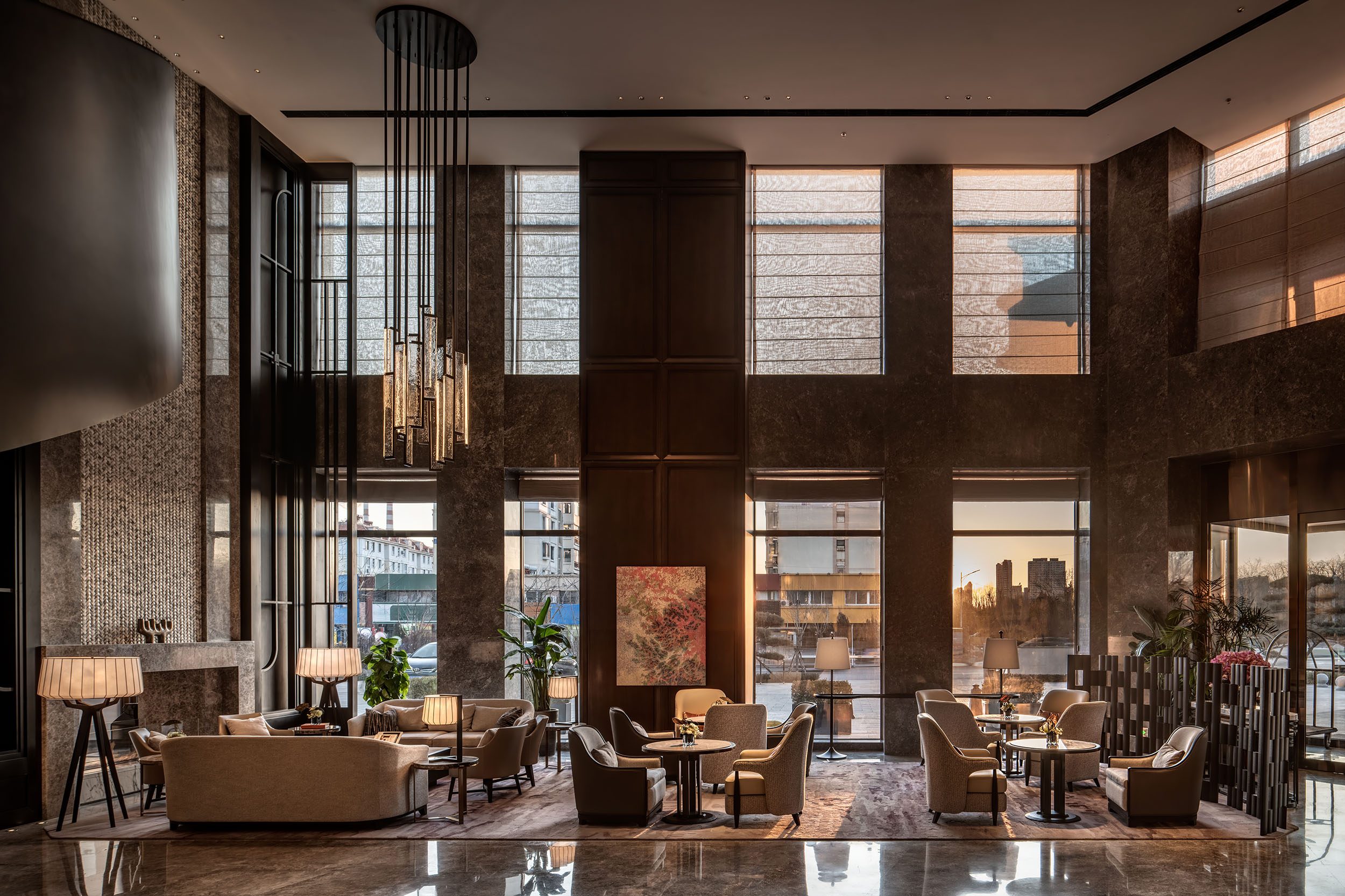
This hotel transforms Fuxin’s history—its industrial metal frameworks, mineral-rich stone, and agrarian wood textures—into a modern design language, where every element tells the city’s story. Far from a cold structure, it acts as a bridge to the human soul, its materials imbued with shared emotion and witness to countless extraordinary moments. More than just a space, it becomes a living archive of memory, where time lingers and fleeting experiences are etched into permanence.
